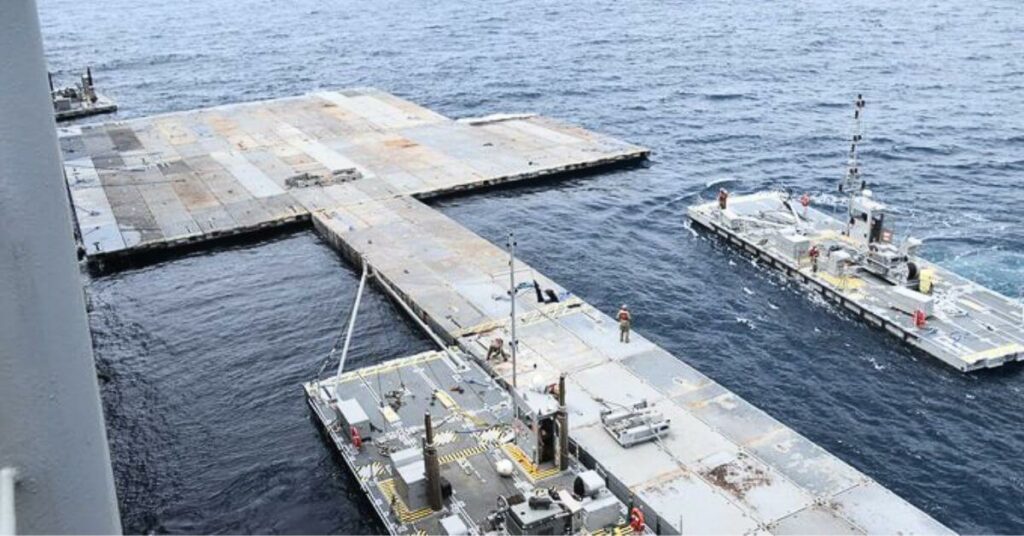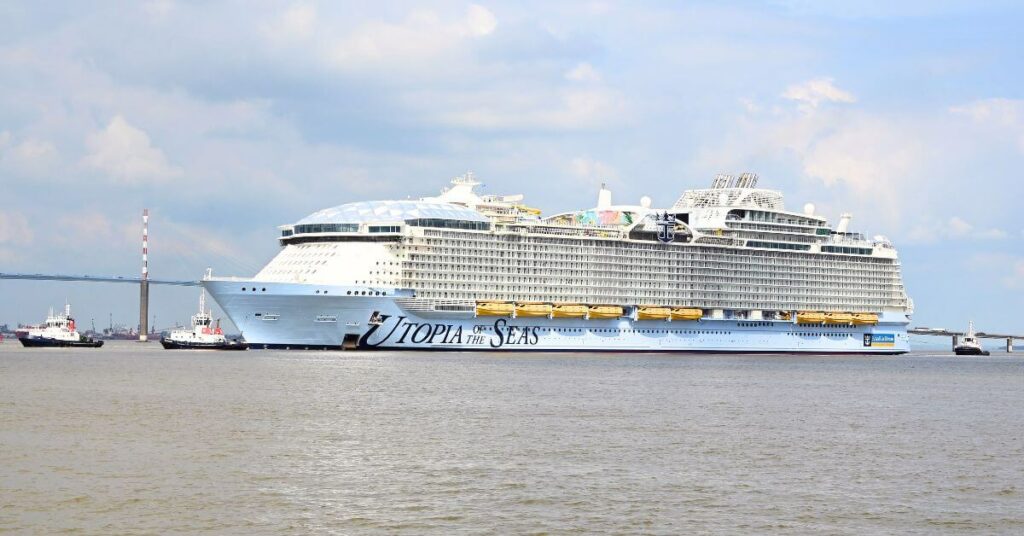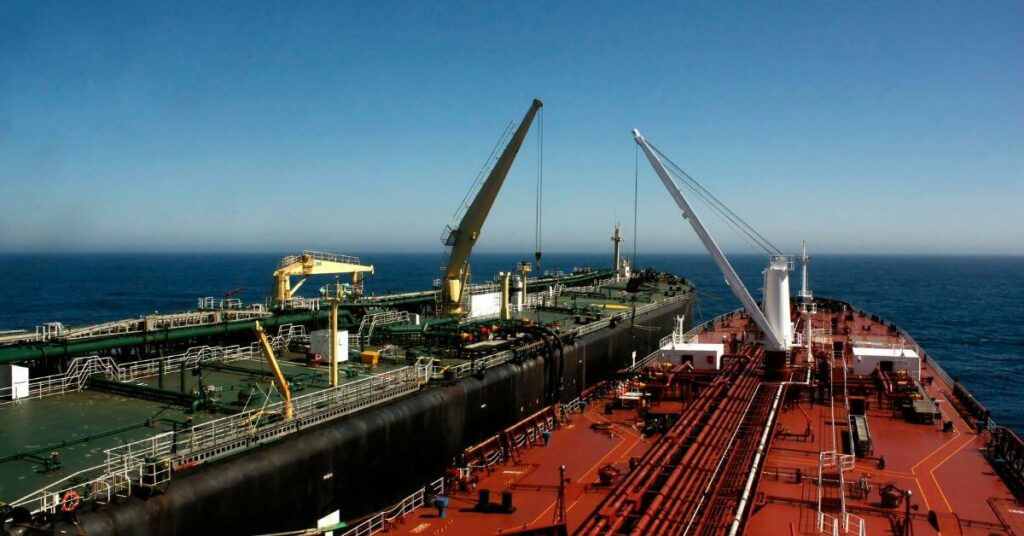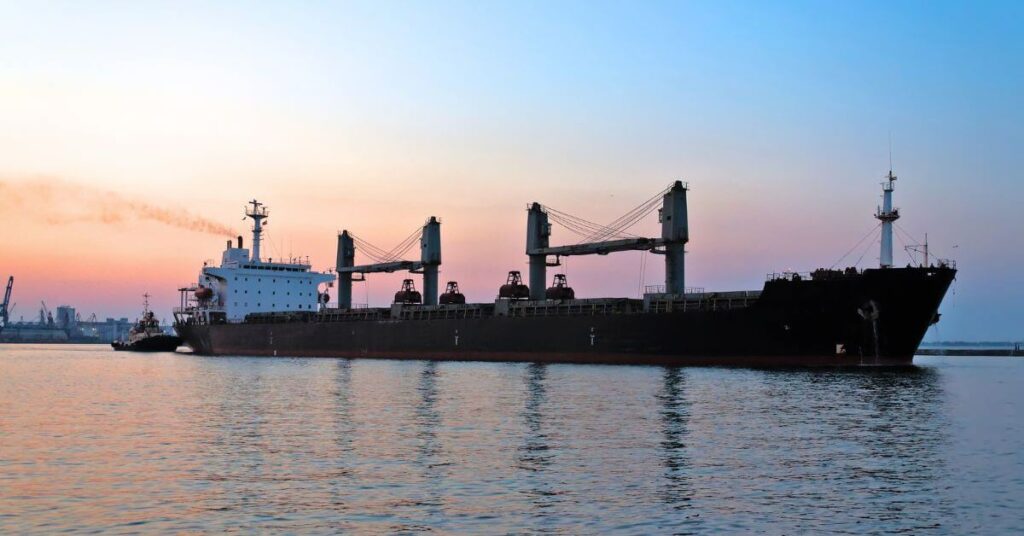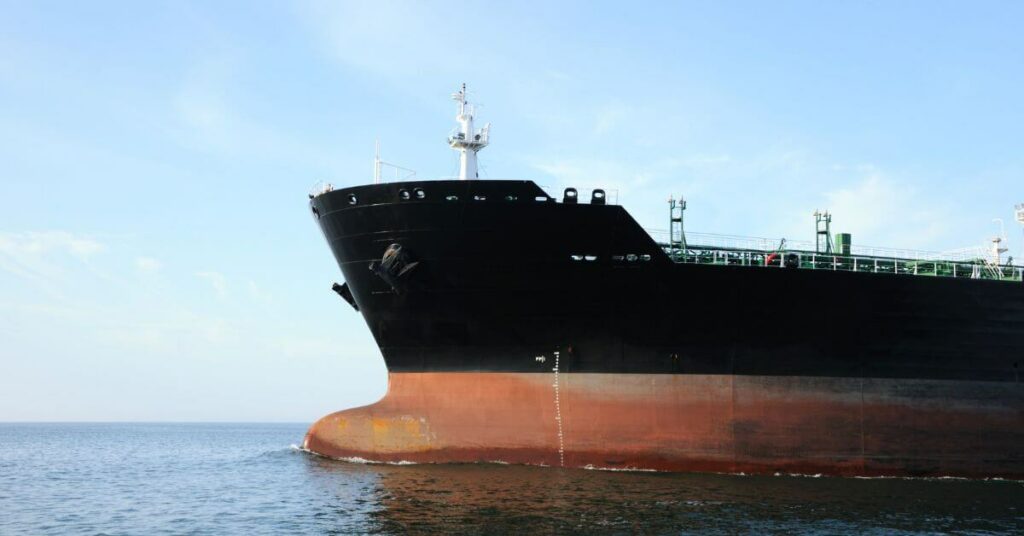Biden Administration Unveils Cybersecurity Measures To Safeguard U.S. Ports
The Biden administration is declaring a set of actions to help strengthen the cybersecurity of the U.S. ports, the key point of entry for trade that employs 31 million individuals and generates more than $5.4 trillion for the larger U.S. economy. An executive order to be signed by Biden will help boost maritime cybersecurity by ensuring that the critical port infrastructure that is operated and owned adheres to industry and internationally recognized safety regulations. Besides port land infrastructure, the actions need prompt reporting of marine cyber-attacks to Coast Guard Cyber Command.
The Coast Guard helps control the movements of vessels, which could threaten national security and will share reports with the Cybersecurity & Infrastructure Security Agency (CISA) and other government agencies covering particular regulated vessels and facilities. A new maritime security director is also going to be named. The cyber threat posed to the infrastructure is now being taken as a department strategy, a senior administration official explained to CNBC in a press briefing before the formal announcement.

The Biden official has mentioned that the new Supply Chain Resilience Center, declared last November, will be included in efforts to bolster port security. Besides new rules and regulations, almost $20 billion will be used to strengthen the U.S. port infrastructure through the Investing in America Agenda. With more than $5.4 trillion in economic activities and more than 90% of overseas trade moved via ports, the senior administration official mentioned that a cyberattack might result in a cascading effect on both the global and domestic supply chains.
Remote ship-to-shore cranes, a type of equipment used to carry cargo containers from vessels, are one area of attention for the new port security measures. Concerns were raised that the cranes might be used for Chinese spying when senior government officials presented statistics indicating that almost 80% of the cranes used to move cargo at American ports are manufactured in China and operate on Chinese software. These cranes, numbering over 200, are empowered with intelligent sensors capable of monitoring container data. Of over 200 cranes, 92 have been evaluated by the Coast Guard.
Recently, port officials and national security specialists have debated these cranes. Earlier in 2023, United States defence officials expressed worry that Shanghai Zhenhua Heavy Industries Co., a China-based ship-to-shore crane manufacturer, would be exploited by Beijing as a potential surveillance weapon. This concern raised the pressure on the then administration from Capitol Hill. China claimed at that point that the worries were driven by paranoia.
Senior and relevant Biden administration officials have stated that they want to invest long-term in port crane manufacturing’s onshoring. The American Association of Port Authorities reported in its 2022 “Made and Moved in America: Cranes and U.S. Port Equipment Port Equipment Reshoring Initiative” study that Austria, China, Japan, Germany, and Finland are the leading producers of these cranes. Senior officials state that while China is a crucial threat covered by the executive order, criminal cybersecurity issues are significant, citing the Port of Nagoya in Japan, which was heavily disrupted in July of 2023 due to a ransomware attack.
Maritime port security has long been a priority, particularly since 9/11, when the U.S. Customs and Border Protection started developing antiterrorism programs to secure trade bound for the U.S. The Container Security Initiative (the CSI) was created to ensure that all containers that could pose a terrorism threat would be identified and examined at the ports before being placed on vessels bound for the U.S.
The first seaport in the U.S. to have a Cyber Security Operations Center (abbreviated as the CSOC) was the Port of LA in 2014, with a devoted cybersecurity team. The CSOC monitors the port’s technology environment to detect and prevent cyber incidents. The port became the first to achieve its information security management ISO 27001 certification back in 2015.
In a 2023 report, the Department of Transportation Maritime Administration warned that ports in the U.S. are vulnerable to cyberattacks because multiple stakeholders are involved in the operations of the port, with risks recognized to be related to terminal headquarters, facility access, operational technology systems like communication systems as well as cargo handling equipment, navigation, positioning, and timing services, that would impact the vessel movements as well as complex logistics systems at the port facilities, and sharing between vessels and ports of network connections as well as USB storage devices, among other technologies.
The House of Representatives has also launched port crane security legislation in the immediate past, the most recent being the Port Crane Security and Inspection Act of 2023, which was proposed in May last year. It would help limit the use of foreign cranes and need the CISA to examine them for security vulnerabilities.
Mark Green, the House Committee on Homeland Security Chair — who recently declared he would not run for re-election soon after leading the impeachment proceedings against Alejandro Mayorkas, the Biden Homeland Security Secretary — mentioned in a statement in 2023 that it was worrisome that nearly 80% of American port cranes use China’s software manufactured by a Chinese firm.
Reference: CNBC
Disclaimer :
The information contained in this website is for general information purposes only. While we endeavour to keep the information up to date and correct, we make no representations or warranties of any kind, express or implied, about the completeness, accuracy, reliability, suitability or availability with respect to the website or the information, products, services, or related graphics contained on the website for any purpose. Any reliance you place on such information is therefore strictly at your own risk.
In no event will we be liable for any loss or damage including without limitation, indirect or consequential loss or damage, or any loss or damage whatsoever arising from loss of data or profits arising out of, or in connection with, the use of this website.
Disclaimer :
The information contained in this website is for general information purposes only. While we endeavour to keep the information up to date and correct, we make no representations or warranties of any kind, express or implied, about the completeness, accuracy, reliability, suitability or availability with respect to the website or the information, products, services, or related graphics contained on the website for any purpose. Any reliance you place on such information is therefore strictly at your own risk.
In no event will we be liable for any loss or damage including without limitation, indirect or consequential loss or damage, or any loss or damage whatsoever arising from loss of data or profits arising out of, or in connection with, the use of this website.
About Author
Marine Insight News Network is a premier source for up-to-date, comprehensive, and insightful coverage of the maritime industry. Dedicated to offering the latest news, trends, and analyses in shipping, marine technology, regulations, and global maritime affairs, Marine Insight News Network prides itself on delivering accurate, engaging, and relevant information.

About Author
Marine Insight News Network is a premier source for up-to-date, comprehensive, and insightful coverage of the maritime industry. Dedicated to offering the latest news, trends, and analyses in shipping, marine technology, regulations, and global maritime affairs, Marine Insight News Network prides itself on delivering accurate, engaging, and relevant information.
Do you have info to share with us ? Suggest a correction
Latest Shipping News Articles You Would Like:
Daily Maritime News, Straight To Your Inbox
Sign Up To Get Daily Newsletters
Join over 60k+ people who read our daily newsletters
By subscribing, you agree to our Privacy Policy and may receive occasional deal communications; you can unsubscribe anytime.

